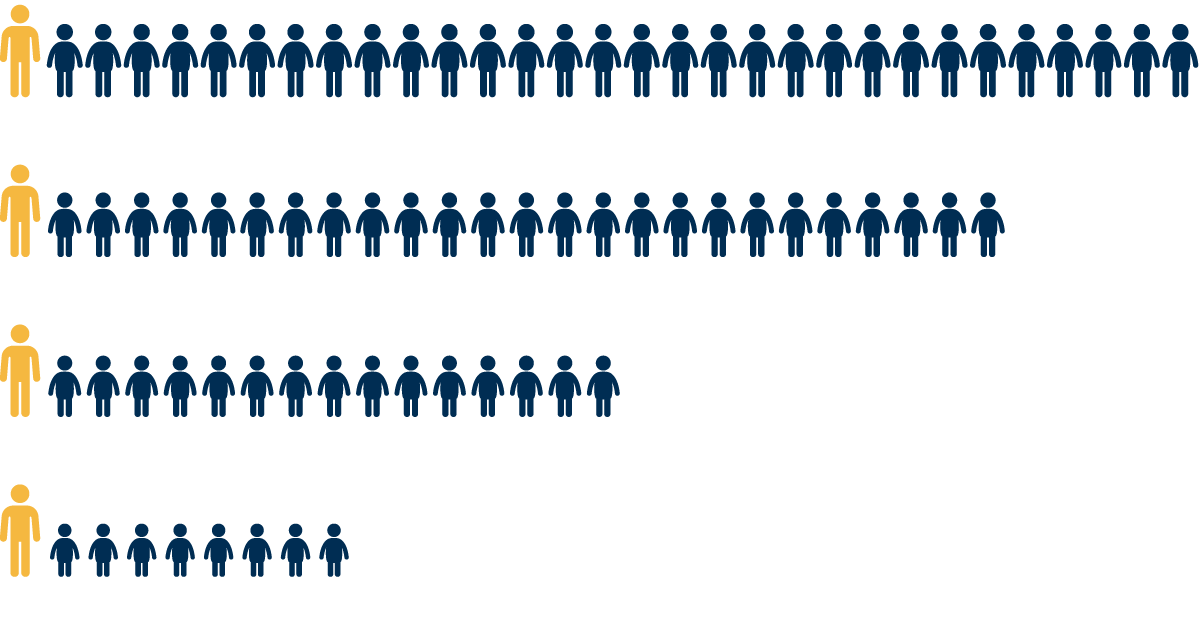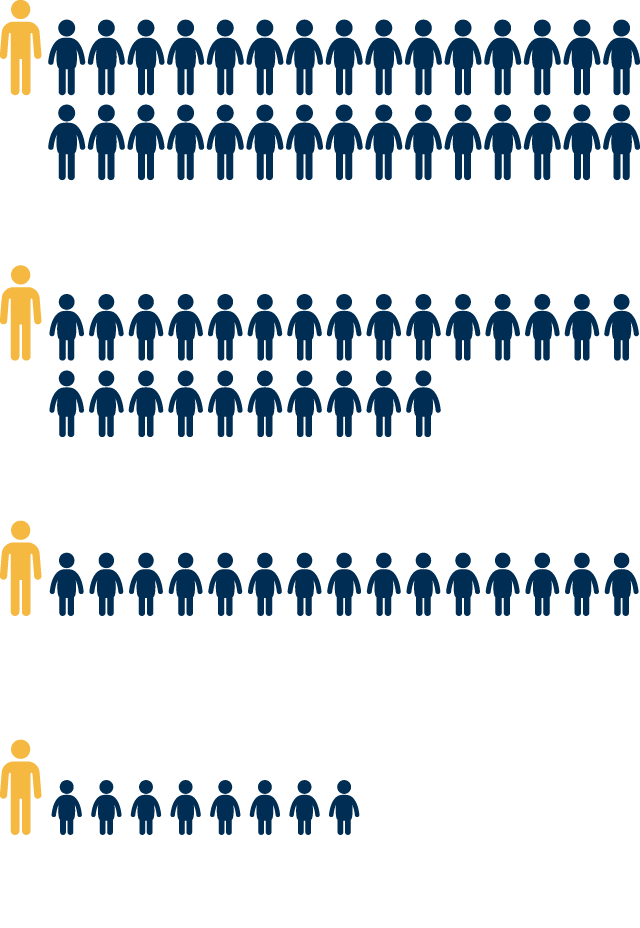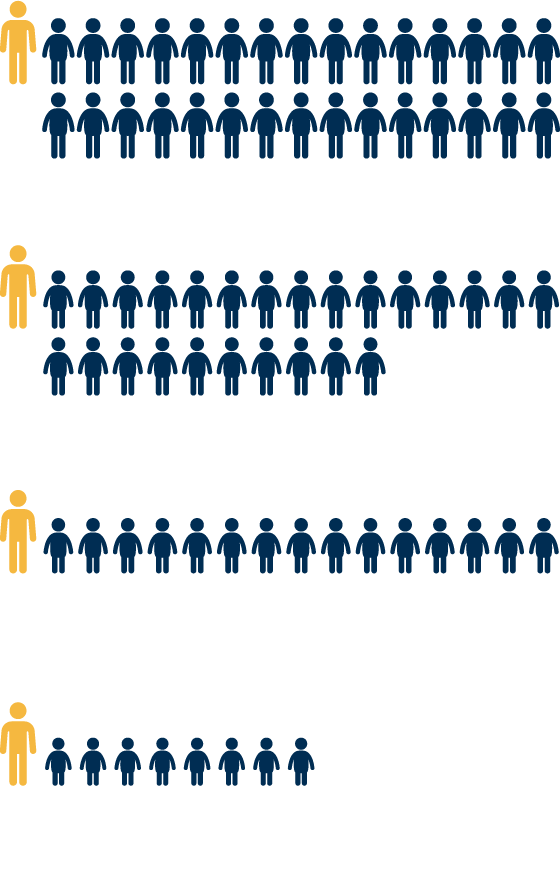The midday break, the 'black hole' of schools
The organization, offer and prices are unequal between centers because it is not part of school hours, which means that it is an unknown service for families and one in which more conflicts usually occur.


BarcelonaNowadays it is difficult to imagine a school without a canteen, especially in urban environments. The lunchtime is essential for families to be able to balance their work schedules with the students' school hours. For many families, it is almost a necessity. In addition, the canteen is a space that contributes to guaranteeing a healthy and balanced diet for schoolchildren. However, it is not part of the school schedule and no regulations require it to be part of the school's educational project.
a "strike" legislation according to many actors in the educational community that dates back to 1996, the disparity of situations is very large. There are cases in which the midday space, which includes the canteen and recreational activities, is managed by the school management; in others, it is the responsibility of the Association of Families of Students (AFA), and in others it depends on some administration (regional councils, town halls or Education department). But in most centers the service is outsourced to a company. In addition, many actors intervene in the midday time, some of which have little direct relationship with each other. The result is that the midday space is usually the least known of the entire school day, especially for families.
For Antoni Santisteban, pedagogical director of the Escoles Garbí Foundation, the midday space is a tool with great pedagogical potential. "It is a space in which many things happen and, if you focus on it, it allows the development of skills that are more difficult to develop in more regulated spaces," he says. According to him, health and hygiene habits are worked on, social skills are developed because it is a space for coexistence and autonomy and responsibility are encouraged.
In the two schools owned by this foundation, the Garbí Pere Vergés School in Esplugues and the Garbí Pere Vergés School in Badalona, the tutor eats with his class group. It is, he says, like a tutoring session. "He is gathering information, giving tools for autonomy and even helping to resolve conflicts," says Santisteban, who adds that this practice also helps to strengthen the bond between students and the tutor and facilitates coexistence in the classroom.
Inequality between schools
But this is not the reality of many schools, especially public ones. In most, the lunch and leisure service is provided by a company that hires external staff. And this often makes it difficult for the lunchtime space to be in line with the educational project of the centre.
Only in some centres where the management of the lunchtime space corresponds to the AFA, the latter does so directly. This is the case of the Escola Espiga de Lleida. Of the 405 pupils at the centre, only 4 do not stay in the lunchroom, which facilitates the organisation as it is now conceived by the Association of Mothers and Fathers of Pupils (AMPA), according to its coordinator, Edgar Nula. They have their own kitchen, five hired cooks and a nutritionist and they select the suppliers directly. In addition, they offer children activities every lunchtime included in the price of the lunchtime. In early childhood, all the pupils do the same: theatre, English, sports games, corners and reading animation. In primary school, students can choose four, while the fifth, English, is done by everyone. It is what they call a "complementary" activity, which is carried out to reinforce the curriculum of this subject. "We coordinate with the school to work, from a more playful perspective, on aspects that are worked on in the classroom during school hours," says Nula.
There are also public schools where the school itself manages the lunchtime space. The Jaume I School in the Sants-Monjuïc district of Barcelona is one of them. The provision of the service is also outsourced to a company, but the school has a lunchtime coordinator who works seven hours at the school. Joan Clop, the school's director, considers Montse to be "an extension of the management team." She believes that it is key that, as she works so many hours at the school, she knows first-hand everything that happens. Therefore, despite the fact that the provision of the service is also outsourced to a company, Montse maintains continuity between school and canteen.
"For us, the canteen is not a mushroom. We want it to support the school model," says Clop, who believes that managing the canteen from the same center generates additional work, but also brings many benefits. "We are very clear about how we want the canteen to accompany us," he points out. For example, she says that it is important for the monitors to follow the same line as the school, to share their point of view on issues such as conflict resolution and setting limits.
The AFFAC model: public and direct
For the Federated Associations of Families of Pupils of Catalonia (AFFAC), the school canteen service should be provided publicly and directly, without intermediary companies. The director, Lidón Gasull, argues that this model would help to involve more non-teaching staff who already work at the centre and, therefore, already know the children, but who are usually hired for only a few hours. In this way, there would be less rotation among the pupils' representatives. Gasull recalls that during the lunchtime many conflicts arise that end up also having repercussions in the classroom. "We cannot separate both things. How do we want the canteen to be connected to the educational project of the centre if the staff who are there have no connection with what happens during the entire school day?" she reflects. And she adds that this rotation can make it especially difficult to manage more complex situations, such as when there are children with special educational needs.
AAFFAC believes that, with this model, the lunchtime space could guarantee learning. "If we absorb the lunchtime and look for a way to make it more educational, girls and boys could learn many new things because it is an ideal space to work on aspects such as conflict management, sustainability, hygiene habits and the prevention of eating disorders or mental health," explains the director, who also recalls that the canteen. Finally, Gasull argues that formulas must be sought to reduce the price of the canteen in Catalonia, which is the most expensive in the entire State after the Balearic Islands. "And having an intermediary company does not reduce it. By managing it directly we could go to proximity formulas, centralized purchases..."
Joan's mother, who is in 4th grade (not her real name), has received three calls from the school this year. The first, because her son had split his eyebrow, which needed stitches, when he ran into another child while they were playing. The second, because he was pushed and hit his head and needed medical attention. And the third, because a classmate hit him and spat on him because he wanted to take a ball from him. "The three incidents have occurred during lunchtime; he also plays in the morning break and nothing has ever happened to him. In fact, it is the first time I have found myself in this situation," explains the mother. This has led her to speak with the managers of the company that has outsourced the school's lunchtime break. "They have all been nice, but they have also insisted that they have the staff they have and that a large part of the team of monitors does not have, for example, the training of a teacher in conflict resolution," she explains.
The lunchtime is the place where most conflicts occur at school, says Mediam, a non-profit organization that has been working for years in mediation to resolve conflicts in various areas of society. One of the spaces where they have worked the most is the school and, specifically, in everything that surrounds lunchtime. Montse Mir, a mediator and facilitator at Mediam, and Antonio López, a mediator at the same entity, argue that it is a space in which children interact in a more free way and often things that have been brewing in other areas come to light, but which end up emerging at a time when there is no such regulated training. In addition, they remember that many people live together at lunchtime: children, monitoring team, team coordination, faculty and other professionals who work at the center. And, sometimes, this coexistence ends in conflict. And, in passing, it has repercussions in the classroom: they have an impact on the well-being of the class and can cause the conflict to increase.
Mediam intervenes in three ways: they train monitors, especially to align their way of acting in conflict management and the establishment of limits with that of the school; they carry out cultural change projects in the school, with which they seek to find a common view between all the agents involved; and they mediate to resolve specific conflicts. In addition, they have developed a guide to intervention in midday spaces for educational centers, which includes proposals such as meetings between the center's management and the dining room coordinators, meetings of the monitoring team with families, the establishment of playground and dining room agreements or the implementation of a listening bench or the figures of the playground referee and the coordinator.




